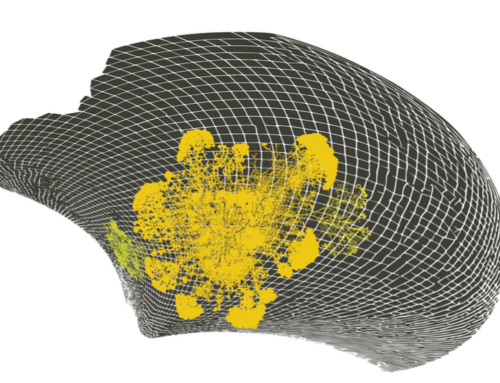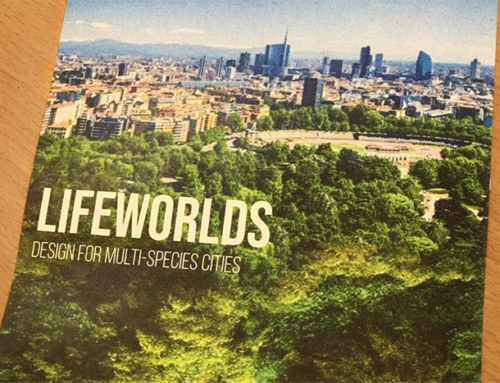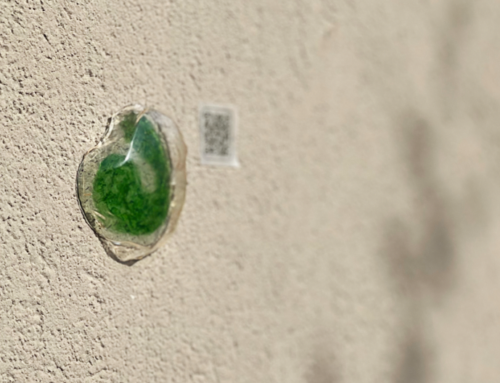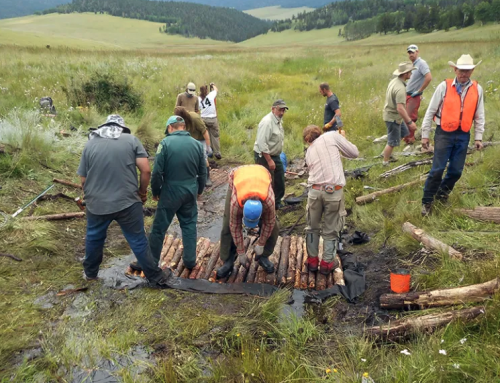Government departments or ministries responsible for sustainability, or “the environment”, are too often constrained by small budgets and modest influence. Their very existence allows traditional departments – “industry”, “economic affairs”, “finance” or “transport” – to carry on their ecocidal ways as normal.
A similar problem persists in business where Corporate Social Responsibility has long been treated as a sideline to the real action.
A growing number of individuals in government or industry silos want to work collaboratively with their peers in other silos – but they are often stymied by a system that imprisons them.
So what to do?
Rather than rage against the iniquities of politicians, a new French organization called La 27e Region (The 27th Region) has set out to help regional governments change by running collaborative projects that enable them to experience a new approach to social innovation in practice.
In recent months, for example, seven multi-disciplinary teams have conducted three month residences, in different regions of France, on topics ranging from health centres, or the working lives of elected officials, to “augmented citizenship” and the role of school canteens in tackling childhood obesity.
Last week, in order to stimulate wider conversations in regional government, La 27e Region cleverly organised a kind of “off Broadway” social design event in Marseille (see pic above) – the day before 3,000 elected politicians and officials gathered in the city for France’s annual Congress of the Regions (of which there are 26).
La 27e Region’s director, Stephane Vincent, invited me to join this creative back-casting day. It brought together elected officials, designers and and social innovators to “imagine an aspect of life in a sustainable region in ten or 20 years from now – and describe the steps that were needed to get there”.
Although countries like the UK and the US are thought to be short on social capital, there are more than 500,000 associations in France. “La Vie Associative” – an associative life – is taken seriously here. Our workshop in Marseille was further proof for me that these grassroots entities are an extraordinarily valuable asset.
For my workshop, on regional food systems, we were joined by the Association for the Maintenance of Sustainable Agriculture (AMAP)
More than 800 of these enhanced community supported agriculture (CSA) schemes are loosely connected in a national network. More than 5,000 of what AMAP calls “consom’acteurs” (consumer-actors) are involved in the Marseille region alone.
We chose to focus on two different kinds of food hub: school cantines, and community resource centres.
It may sound like taking coals to Newcastle, but school food is as pressing an issue in France as elsewhere. High school restaurants serve hundreds of millions of meals a year across France’s regions, and yet “eighteen per cent of French children are overweight and four per cent of them obese. If nothing is done to reverse the trend, France could reach the level of the United States by about 2020
The country has been moved, too, by a harrowing short film called “Our children will accuse us” by Jean-Paul Jaud
Our second exercise was the specification of an “agro-ecological atelier” or community resource centre.
Different AMAP groups have been mapping and evaluating a wide variety of food resources for several years: market gardens, abattoirs, markets, distribution and storage points.
AMAPs understand the importance of connecting and linking these in a smart way. Elements, nodes, and relationships are common parlance in AMAP design practice.
In recent times, a special concern for AMAPs has been the identification of under-used spaces that could be used more flexibly and effectively. They have explored new forms of resource-sharing (“mutualization”) and the “hybridizing” the integrated use of spaces and services.
Fair and transparent pricing among all elements of the food ecology is a key aspect of AMAP thinking.
Their policy in this respect parallels GoodGuide’s Transparency Manifesto: “We start from a simple premise: People have the right to know what they’re putting in, on, and around their bodies.There are three simple things everyone should know about their food but don’t: Where did it come from? How was it made? What’s in it?”
The business people in our group felt that full transparency would be a step too far for the big supermarkets in France.
For now, maybe. But during City Eco Labin St Etienne last year, Casino, one of France’s largest supermarket firms, was an enthusiastic participant in public discussions of new business models for food.
There are good reasons to involve supermarkets as partners in new food systems. They have huge amounts of real-estate available to be re-purposed. And their distribution and logistics networks – while mis-directed, right now, to the unsustainable import of food from across the globe – are nonetheless super-optimised and ready to be re-purposed.
An intriguing scenario of our group was to re-purpose the supermarket’s logistics systems to local and/or sustainable applications.
This scenario is explored in a video by one of la 27e region’s close collaborators, Fing
The Fing video describes a supermarket site that has recaptured the warmth and conviality of food markets. It has become a co-operative space that enables multiple kinds of food system revitalisation: distribution, storage, preparation, amateur cooking societies, social systems for sharing the use of productive land.
As I stated above, a growing number of people in industry are ready to contemplate radically different scenarios for the future of their businesses. Rather than proceed as if we must re-build everything from scratch, the time is right to invite the big players, too, to the Dance of the Big and the Small.










